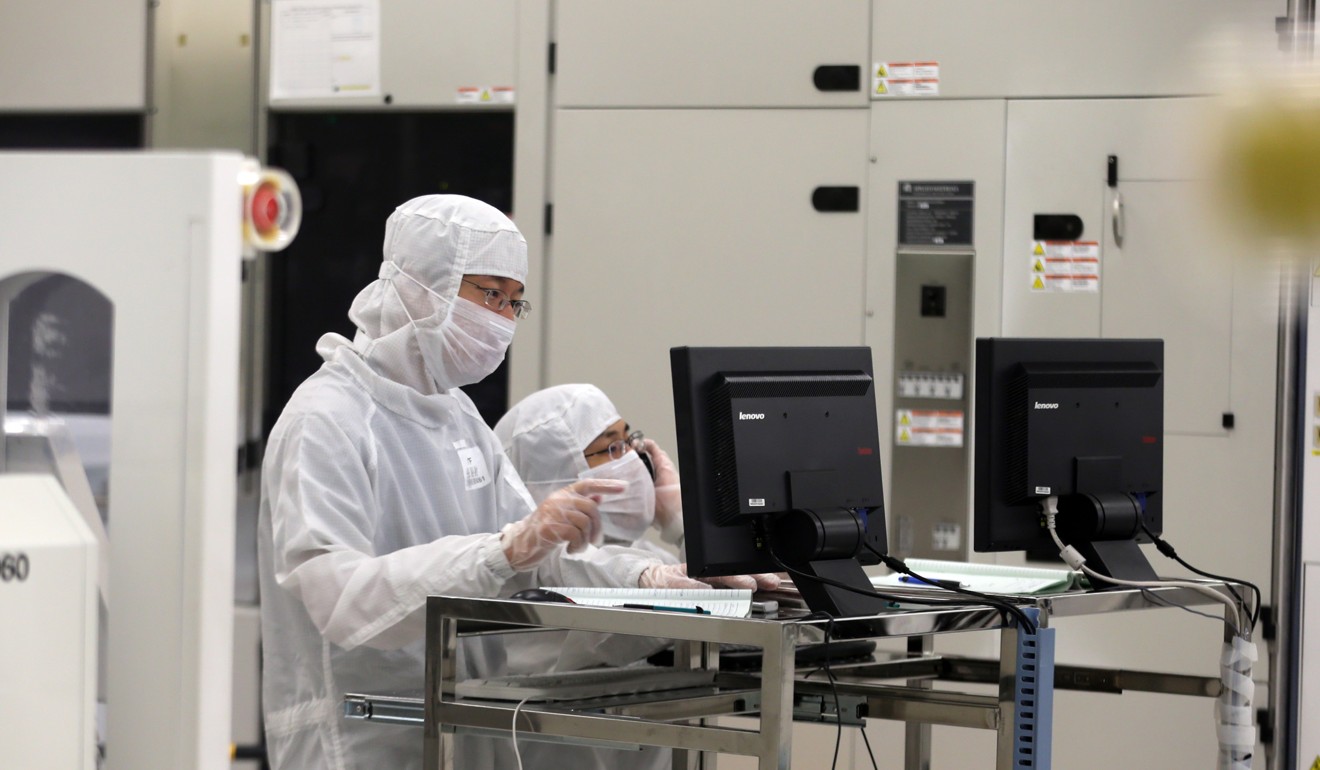The chatter in the western media is now about US is winning the trade war, citing stock market and Yuan sliding or Xi is cracking under pressure .Well Chinese stock market has always been more volatile than Wall Street due to preponderance of small time investor vs institutional investor in US.
The media mistaken Chinese academician as formal opposition to Xi policy. Well Chinese academician has always been pro west Since they made of people in 50's and 60's who went gaga on Hollywood and suffer tremendous inferiority complex due to poor economy in 60's China
Anyway as always they are surprise at Chinese resistance and they retaliate dollar per dollar at Trumph tariff.
Well reality is something else China import mostly commodity good that can be easily substituted with product from different supplier. America import mostly manufactured good that cannot be easily replaced
China says US farmers may never regain market share lost in trade war
The country has ‘basically stopped’ importing soybeans from United States, according to vice agriculture minister
PUBLISHED : Saturday, 11 August, 2018, 9:31pm
UPDATED : Saturday, 11 August, 2018, 11:36pm
10 Aug 2018
China can easily find other countries to buy agricultural goods from instead of the US, its vice agriculture minister said, warning that American farmers could permanently lose their share of the Chinese market as a result of the trade war.
“Many countries have the willingness and they totally have the capacity to take over the market share the US is enjoying in China. If other countries become reliable suppliers for China, it will be very difficult for the US to regain the market,” Han Jun told official Xinhua news agency in an interview on Friday.
He also warned that American farmers could lose the position in the Chinese market they have spent several decades building up. Han said they may not be able to make up the losses brought by retaliatory tariffs, even with the White House’s planned US$12 billion aid package for farmers caught in the dispute.
He said Beijing had imposed duties on 90 per cent of the agricultural goods the country imports from the United States since the trade war kicked off at the start of last month, with limited impact on China.
“Levying additional tariffs will cause a great decrease in exports of US agricultural products to China,” Han said. “But the impact on China is very limited, due to the diversified import sources.”
China and the US have been locked in a tit-for-tat trade war since early last month. Beijing unveiled its latest
retaliatory tariffs on US$16 billion of American goods on Wednesday, matching Washington’s move to slap 25 per cent duties on the same value of Chinese imports.
The vice agriculture minister also said Chinese companies had “basically stopped” importing soybeans from US farmers since July 6 and would deal with the impact by finding alternative ingredients for animal feeds.
China is the world’s biggest importer of soybeans, which it uses to make cooking oil, biodiesel and the meal to feed livestock.
Han said the country was expecting soybean imports from the US to drop dramatically this year and that preparations had already been made. “China is totally able to handle the shortfall created by a drop in American soybean imports,” Han told Xinhua.
China has been buying more soybeans from other countries and promoting alternatives to soybeans to feed livestock, as well as pushing farmers to plant more domestic crops. Before the trade war erupted, China was on track to import 300 million tonnes of soybeans from the United States this year.
The country imported about US$24.1 billion of agricultural products from the United States last year, accounting for 19 per cent of its total farm imports worth some US$125.86 billion, according to the Ministry of Agriculture and Rural Affairs.
Han said that starting from July 6, Beijing had imposed 25 per cent tariffs on 517 types of American agricultural products – including nuts, soybeans, cotton, fruit and meat. Their combined value last year was about US$21 billion, he said.
He also warned that additional duties on American agricultural goods were in the pipeline.
Beijing has said it is ready to impose tariffs on US$60 billion of American products if US President Donald Trump – who has accused China of amassing a huge trade surplus through unfair trade practices – goes ahead with plans to slap extra duties on US$200 billion of Chinese goods.
The next list will include 387 types of agricultural products – including coffee, vegetables and vegetable oils – which last year had a total value of around US$2.9 billion.
As a result, almost all agricultural products China buys from the US will face additional tariffs once Beijing’s latest countermeasures take effect, Han said.
The European Union would not be able to make up the losses for US soybean producers, who will be left with a huge surplus without China buying the grain from them, according to Han. He said although the EU had agreed to import more soybeans from America, it would only buy 13 million to 14 million tonnes of soybeans a year over the next decade, according to estimates – compared with the more than 30 tonnes of the grain China bought from the US last year.
But Han admitted that Washington’s tariffs would impact China’s fruit, vegetable and seafood producers because it would not be easy for them to find alternative export destinations in the short term. He said Beijing would help exporters find other countries to sell their products to and try to boost domestic consumption instead, to minimise the impact of the tariffs.
The United States was the third largest market for Chinese fruit and fifth largest for vegetables last year, with the exports valued at a combined US$1.84 billion.



